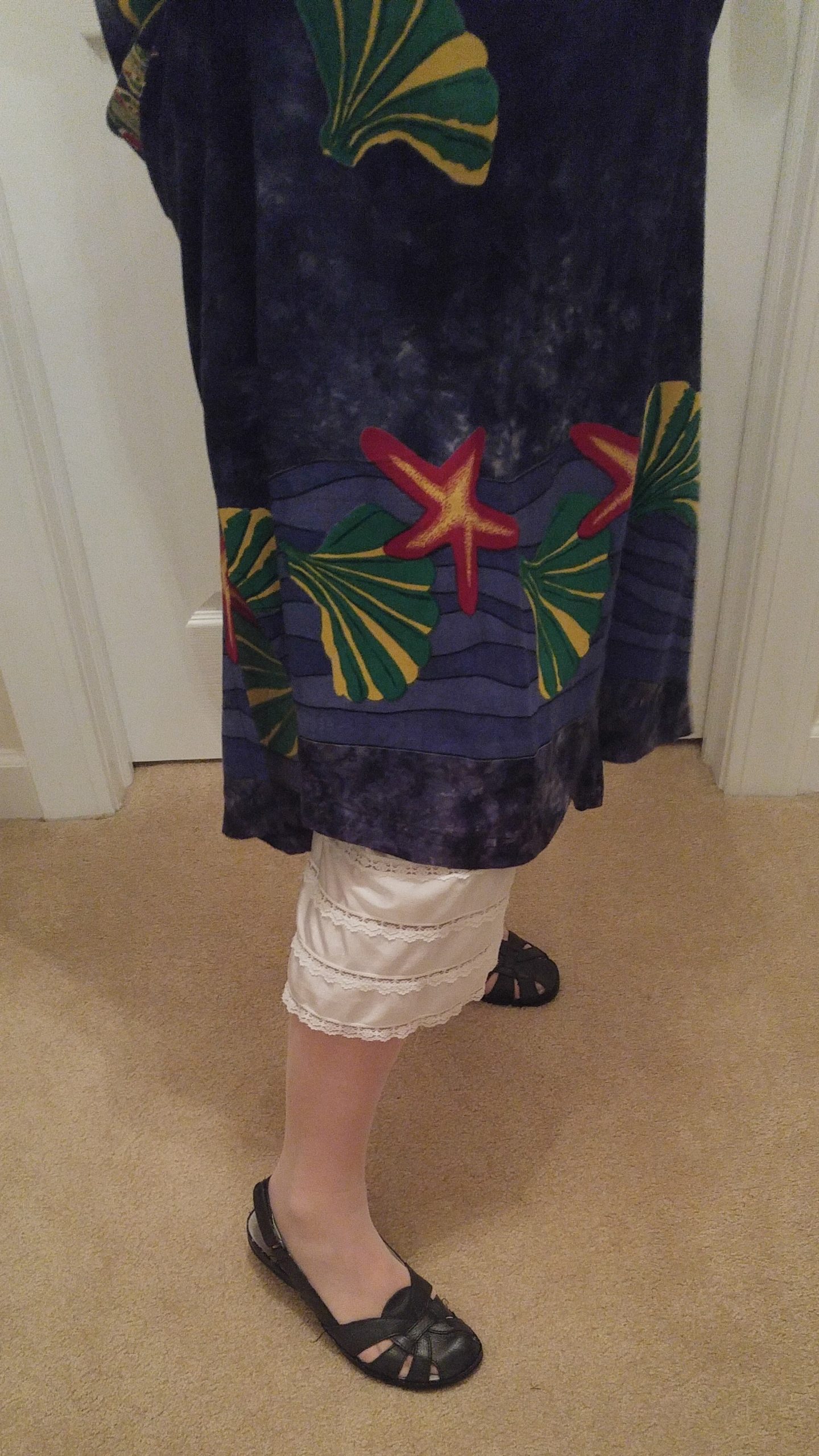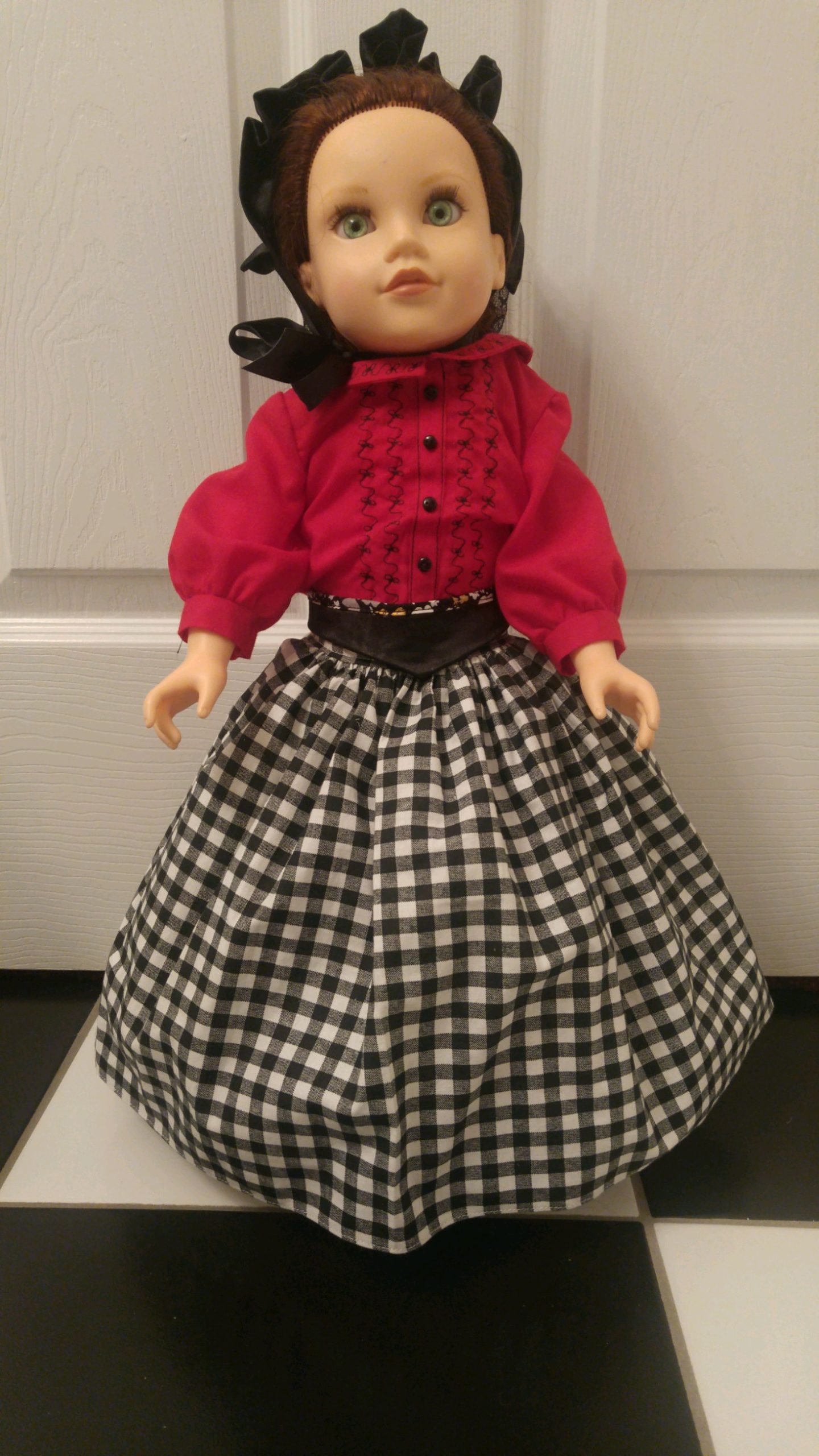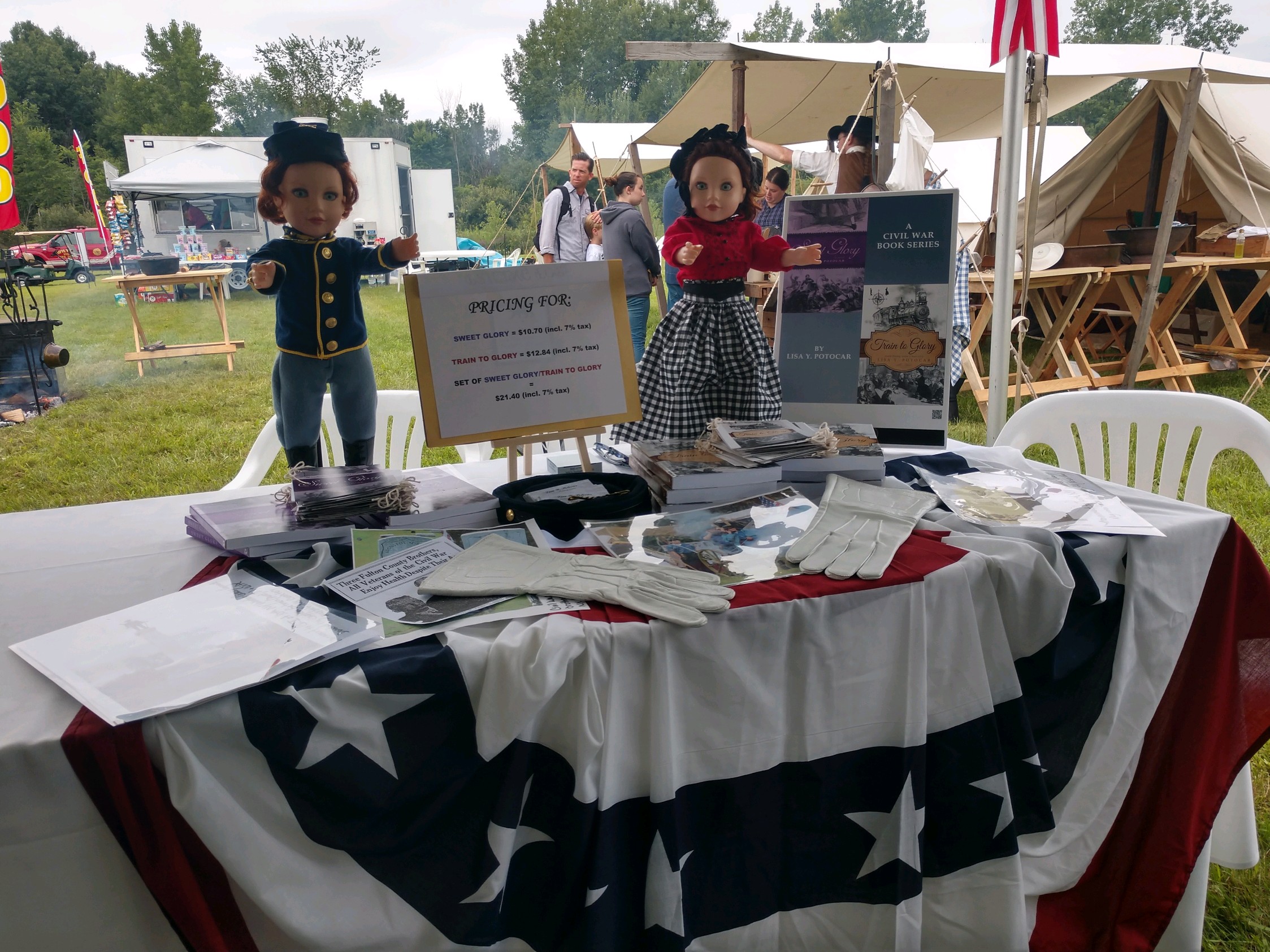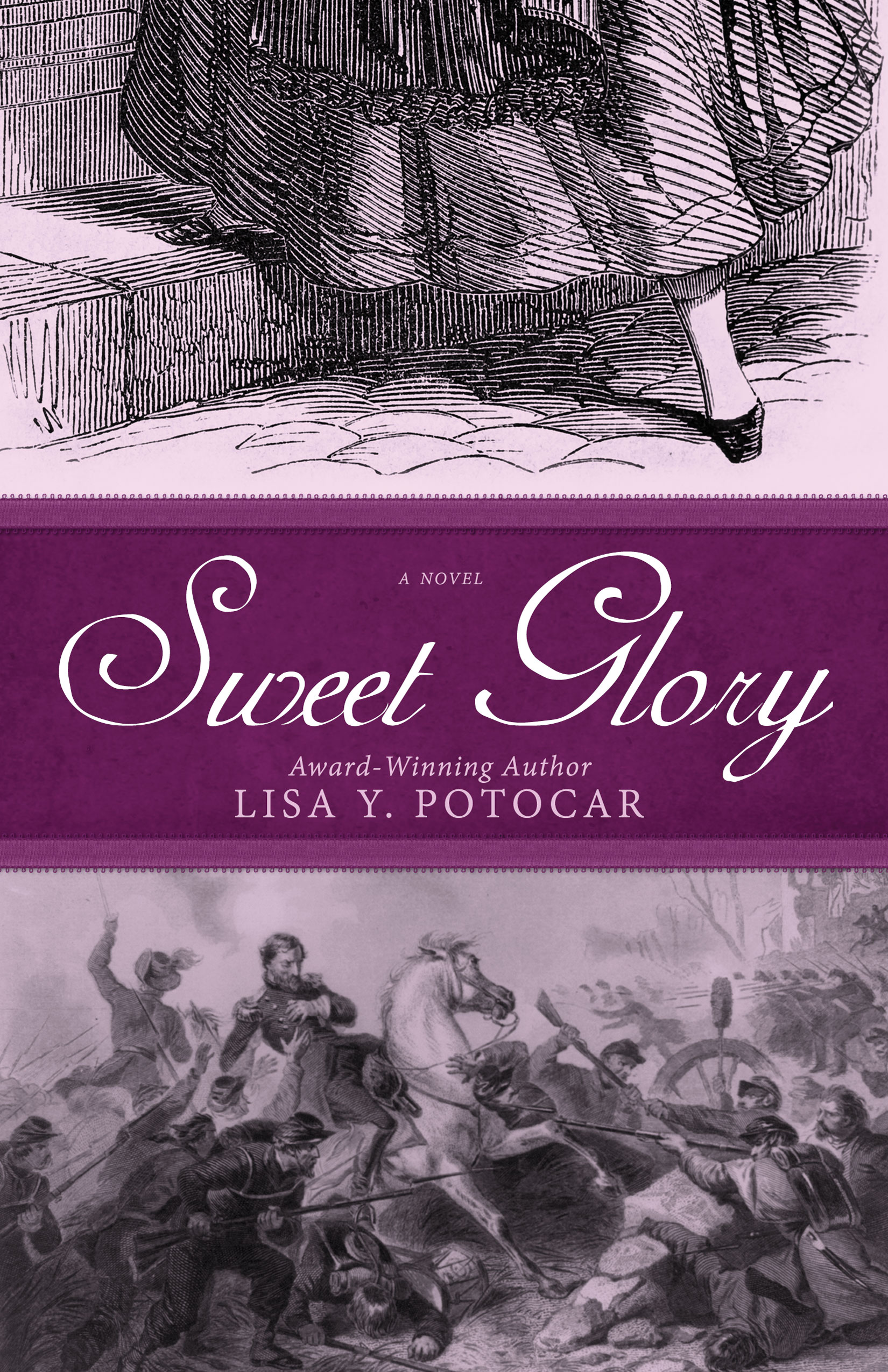1860s Women’s Fashion
Read on for a chance to win one of two $5.00 Amazon Gift Cards!
More profiles of “Pioneering Women of Civil War America” to come! But, first, speaking of dress reform, addressed in my previous post, Pioneering Women of Civil War America (Second Installment), dedicated to Amelia Bloomer, let’s have a little “Show & Tell.”
I’d like to move into the core of this presentation by STRIPPING FOR YOU!

NOT ME, SILLIES, MY DOLL!

I’d love for the word of my post to spread, but without an R-rated stigma attached to it. And don’t rush my doll into stripping…it’s all part of the contest!
Anyway, meet my doll, Jana Brady (aka Union Cavalryman Johnnie Brodie). I was thrilled when I found her to help me at historical presentations and with contests at book fairs. She’s a perfect replica of my primary character from Sweet Glory, Train to Glory, and soon-to-be published Gold, Guts and Glory (Books 1, 2, & 3 of Glory: A Civil War Series)—especially because of her auburn tresses and hazel eyes.
NOTE: My doll is part of the Journey Girls’ collection, her original name being Kelsey. Actually, I bought two of her so that I could display Jana in both her military and civilian clothing, just like I did for my table (pictured below) at a Civil War reenactment hosted by Grant’s Cottage in Upstate New York. You can read more about this place, where Union General/President Ulysses S. Grant spent his dying days composing his memoir with the help of his editor and publisher Samuel Clemens (aka Mark Twain, author of The Adventures of Tom Sawyer and The Adventures of Huckleberry Finn). Here’s a great link to learn more about Grant’s Cottage: https://www.grantcottage.org/the-cottage-and-its-site.

In the above picture, take note that Jana stands before Sweet Glory (Book 1 of Glory: A Civil War Series) outfitted in her cavalry uniform since the overall theme of this book embraces women soldiers. She stands before Train to Glory (Book 2 of Glory: A Civil War Series) outfitted in a Garibaldi dress, a military-style dress that was fashionable during the Civil War, because, as I mentioned in my Introduction of Pioneering Women of Civil War America, she’s been invited by famous suffragists Elizabeth Cady Stanton and Susan B. Anthony to travel their lecture circuit speaking about her time in uniform to prove: Women ought to be granted the same rights to tackle anything a man can, if they have a mind to it. Although Jana begins her lecture tour in her cavalry uniform, the public at large wasn’t quite ready to see a woman in men’s clothes, so she switches to her Garibaldi dress.
Back to the subject of this post: Women of the 1860s were discouraged from exposing a lot of skin in their everyday dress. Yet, it was fashionable to use their clothes to make their figures attractive by giving them a bell-or-hourglass shape. To help with this, women dressed in layers and tight clothing.
Keep reading for a chance to win one of two $5.00 Amazon Gift Cards!
When I mention above that women dressed in layers, I mean multiple layers.
QUESTION: Given how we dress today, how does the 1860s style feel to you?
You’re right! Repressive and Claustrophobic! Not to mention—frustrating—given the amount of time it took to dress each day and especially when three different outfits might be donned in one day, such as for everyday, Sunday best, and dinner party, ball, or picnic.
In the 1860s, women began to lobby against the crinoline (hoopskirt), claiming its construct, like that of a parrot’s cage, successfully kept them caged.
Further caging women and their freedom of mobility to carve out new roles for themselves during these Victorian times was the requirement that they have a chaperone wherever they went. BUT…all of these restrictions changed drastically with the outbreak of the Civil War. With their male kin away soldiering or engaged in the business or politics of war, women seized the opportunity to step out and explore and chip in where there weren’t enough hands to go around. (Note how the cover of Sweet Glory, Book 1 of Glory: A Civil War Series, conveys this very concept).

So what did women do to carve out new roles for themselves during the American Civil War? They became managers of farms, factories, plantations, shops, and hospitals, spies, ministers, Pinkerton agents, government clerks/laborers, and doctors. They leaped to the aid of soldiers, creating charitable organizations that made clothing and bedding and/or gathered food, equipment, and supplies for their comfort. And they especially stormed the battlefields and field hospitals to nurse the wounded and dying.
TRIVIA: Up to the time of the Civil War for the military, nurses were farmed from amongst the ranks of male soldiers.
The whole point of my post today is to show you what I couldn’t ignore in my research for the writing of especially Sweet Glory and Train to Glory: A parallel between the time it took women of Civil War America to bust out of their oppressive style of dress to the time it took them to bust out of their traditional roles inside the home as wives, mothers, and homemakers and outside the home in roles only acceptable for single women as teachers, governesses, laundresses, and maids.
On that note, I’ll end here with the hopes that you’ve enjoyed my post and will participate in my fun contest—as easy as guessing the number of jelly beans in a jar at a county fair. Here it goes:
Take a look at the picture of my Jana doll above in her Garibaldi dress and guess the number of layers she’s ACTUALLY wearing, NOT the number of layers she could be wearing. You must add the outer layers to your total, which is four, comprised of her dress, hat, belt, and boots! In the event that there is a three-or-multiple-way tie, I’ll pick the two winners out of Jana’s hat—LOL! Winners will be announced next Thursday, April 8th, after some more “Show & Tell” during the next installment of Pioneering Women of Civil War America!”
Here’s a great video to help you guess the layers of undergarments to add to the total of four outer garments: https://civilwarwomen.co/2021/04/01/pioneering-women-of-civil-war-america1860s-womens-fashion/. You only need to watch the first 2 1/2 minutes for this contest (although, the entire video is entertaining and informative). Two Hints: 1. Keep in mind that the layers beneath a work dress are being shown, and Jana has donned a day dress, meaning she’s out and about in it with more layers underneath. 2. My description for the video could help your guess.
Pingback: Pioneering Women of Civil War America (Fourth Installment) - Lisa Potocar ~ Author
9 layers!